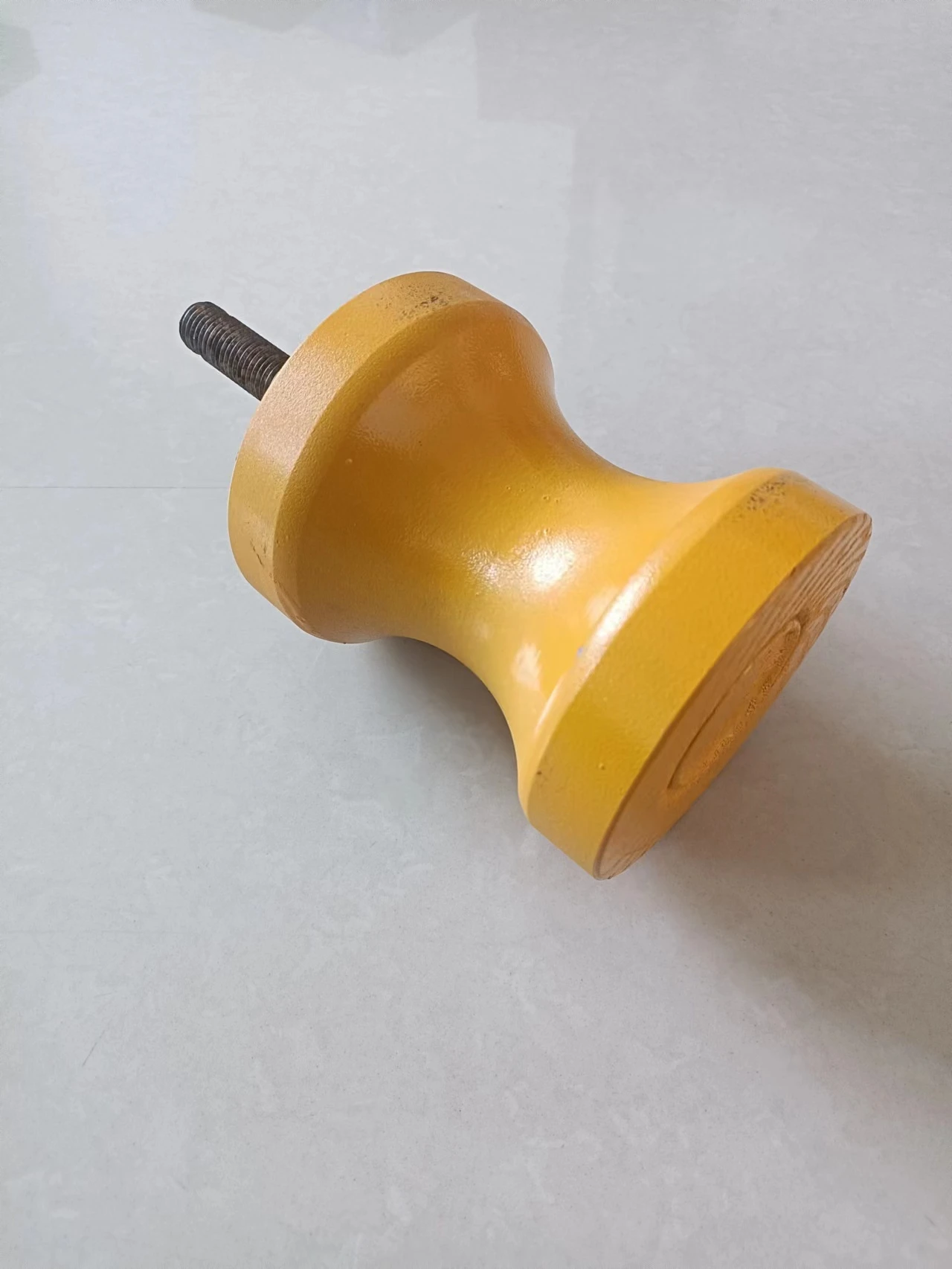 Afrikaans
Afrikaans  Albanian
Albanian  Amharic
Amharic  Arabic
Arabic  Armenian
Armenian  Azerbaijani
Azerbaijani  Basque
Basque  Belarusian
Belarusian  Bengali
Bengali  Bosnian
Bosnian  Bulgarian
Bulgarian  Catalan
Catalan  Cebuano
Cebuano  Corsican
Corsican  Croatian
Croatian  Czech
Czech  Danish
Danish  Dutch
Dutch  English
English  Esperanto
Esperanto  Estonian
Estonian  Finnish
Finnish  French
French  Frisian
Frisian  Galician
Galician  Georgian
Georgian  German
German  Greek
Greek  Gujarati
Gujarati  Haitian Creole
Haitian Creole  hausa
hausa  hawaiian
hawaiian  Hebrew
Hebrew  Hindi
Hindi  Miao
Miao  Hungarian
Hungarian  Icelandic
Icelandic  igbo
igbo  Indonesian
Indonesian  irish
irish  Italian
Italian  Japanese
Japanese  Javanese
Javanese  Kannada
Kannada  kazakh
kazakh  Khmer
Khmer  Rwandese
Rwandese  Korean
Korean  Kurdish
Kurdish  Kyrgyz
Kyrgyz  Lao
Lao  Latin
Latin  Latvian
Latvian  Lithuanian
Lithuanian  Luxembourgish
Luxembourgish  Macedonian
Macedonian  Malgashi
Malgashi  Malay
Malay  Malayalam
Malayalam  Maltese
Maltese  Maori
Maori  Marathi
Marathi  Mongolian
Mongolian  Myanmar
Myanmar  Nepali
Nepali  Norwegian
Norwegian  Norwegian
Norwegian  Occitan
Occitan  Pashto
Pashto  Persian
Persian  Polish
Polish  Portuguese
Portuguese  Punjabi
Punjabi  Romanian
Romanian  Russian
Russian  Samoan
Samoan  Scottish Gaelic
Scottish Gaelic  Serbian
Serbian  Sesotho
Sesotho  Shona
Shona  Sindhi
Sindhi  Sinhala
Sinhala  Slovak
Slovak  Slovenian
Slovenian  Somali
Somali  Spanish
Spanish  Sundanese
Sundanese  Swahili
Swahili  Swedish
Swedish  Tagalog
Tagalog  Tajik
Tajik  Tamil
Tamil  Tatar
Tatar  Telugu
Telugu  Thai
Thai  Turkish
Turkish  Turkmen
Turkmen  Ukrainian
Ukrainian  Urdu
Urdu  Uighur
Uighur  Uzbek
Uzbek  Vietnamese
Vietnamese  Welsh
Welsh  Bantu
Bantu  Yiddish
Yiddish  Yoruba
Yoruba  Zulu
Zulu conveyor drum
Understanding Conveyor Drums Key Components of Material Handling Systems
Conveyor systems have become indispensable in various industries, from manufacturing to logistics, enabling the efficient transport of materials across different stages of production. At the heart of many conveyor systems lies a crucial component the conveyor drum. Understanding conveyor drums and their function is essential for anyone involved in material handling, whether you're an engineer, technician, or warehouse manager.
What are Conveyor Drums?
A conveyor drum, often referred to as a drum pulley, is a cylindrical component that serves a critical role in the operation of a conveyor belt. These drums are typically located at either end of the conveyor system and are responsible for guiding the belt and driving the system. When the drum rotates, it moves the belt along its path and facilitates the transport of materials.
Key Functions of Conveyor Drums
1. Drive Mechanism One of the primary functions of a conveyor drum is to act as a drive mechanism. A motor is connected to the drum, providing the necessary torque for rotation. This motion is what propels the conveyor belt forward, allowing materials to be transported from one point to another.
2. Belt Tensioning Conveyor drums play a crucial role in maintaining the appropriate tension of the belt. Proper tension is essential to prevent slippage, which can lead to inefficiency and material spillage. Adjustable drum designs allow operators to fine-tune belt tension as needed.
3. Belt Tracking Conveyor drums help maintain proper belt alignment. A well-tracked conveyor belt reduces wear and tear on the system and minimizes the risk of accidents due to misalignment. Some drum designs include features to aid in tracking, ensuring the belt remains centered throughout its operation.
4. Material Handling In some cases, conveyor drums can also be integrated with specialized designs to facilitate material handling. For instance, some drums may incorporate a textured surface or gripping features to enhance traction and prevent materials from sliding off during transport.
Types of Conveyor Drums
Conveyor drums come in various types and designs, each tailored to meet specific operational needs
conveyor drum

1. Drive Drums These are the main components that provide motion to the conveyor belt. They are typically larger in diameter and are driven by electric motors.
2. Idler Drums These drums do not drive the conveyor belt but support it. Idler drums are used to provide structural support and maintain belt tension without imparting motion.
3. Wing Drums Designed to facilitate better belt tracking, wing drums have extended wings on either side, which help guide the belt into the correct position, thereby reducing side-to-side movement.
4. Return Drums Located at the return section of the conveyor, these drums help in guiding the belt back to the starting point. Return drums are essential for recycling the belt's movement within the system.
Factors to Consider in Selection
When selecting a conveyor drum, there are several factors to consider
- Load Capacity The drum must be designed to handle the weight of the materials being transported. Overloading can lead to failure and increased wear on the system.
- Material Composition Different environments require different materials. For instance, drums used in corrosive environments may need to be made of stainless steel or specialized coatings to prevent rust.
- Diameter and Width The size of the drum affects the conveyor's performance and efficiency. Larger drums can handle heavier loads and provide smoother operation but may require more space.
Conclusion
In summary, conveyor drums are vital components of conveyor systems that facilitate the efficient transport of materials across various industries. Understanding the different types of conveyor drums, their functions, and the factors to consider when selecting them is essential for maximizing the performance and durability of any material handling operation. As technology continues to advance, the designs and functions of conveyor drums will likely evolve, further enhancing their role in modern logistics and manufacturing processes.
-
Revolutionizing Conveyor Reliability with Advanced Rubber Lagging PulleysNewsJul.22,2025
-
Powering Precision and Durability with Expert Manufacturers of Conveyor ComponentsNewsJul.22,2025
-
Optimizing Conveyor Systems with Advanced Conveyor AccessoriesNewsJul.22,2025
-
Maximize Conveyor Efficiency with Quality Conveyor Idler PulleysNewsJul.22,2025
-
Future-Proof Your Conveyor System with High-Performance Polyurethane RollerNewsJul.22,2025
-
Driving Efficiency Forward with Quality Idlers and RollersNewsJul.22,2025





























